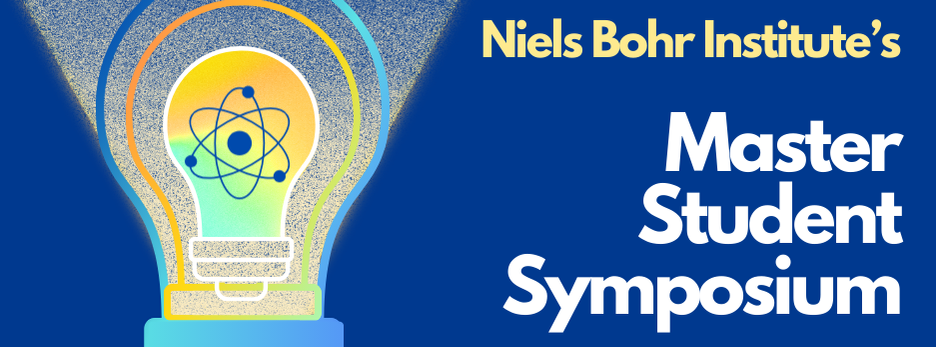Description
The James Webb Space Telescope (JWST) has uncovered an unexpectedly high abundance of ultraviolet-bright galaxies early in the Universe, at redshifts beyond 10. Various explanations have been proposed, including bursty star formation, a top-heavy initial mass function (IMF) or a higher star formation efficiency. However, to date we lack physical models or simulations that has explored the interplay of the underlying processes driving the luminosities of these UV_bright, early galaxies.
My project aims to bridge this gap by advancing our modelling of star formation in semi-analytic galaxy evolution models. To this end, I have built a model that uses the physical picture of stars forming in clouds, along with other galaxy evolution processes like supernova feedback, growth by accretion of gas and dark matter from the intergalactic medium, and metal enrichment from dying stars, to model bursty star formation in galaxies in the early Universe. In this model, molecular clouds form sequentially from the galaxy's available gas, and the stellar initial mass function and star formation efficiency depends on the cloud's properties in a way that accounts for stellar feedback mechanisms on the cloud. This allows us to self-consistently explore the interplay of various these various physical processes, and their effects on the luminosities of galaxies.
In this talk I will present my galaxy evolution model and how it simulates bursty star formation with molecular clouds. I will discuss how burstier star formation and a more top-heavy IMF affects the star forming behaviour and luminosities of galaxies, and how this may help explain the observed abundance of bright galaxies in the early Universe.
| Field of study | Astrophysics |
|---|---|
| Supervisor | Anne Hutter |

